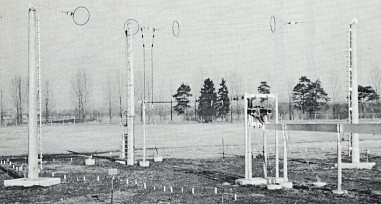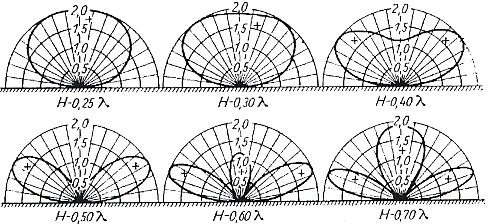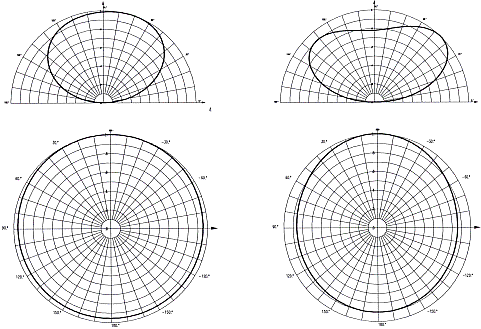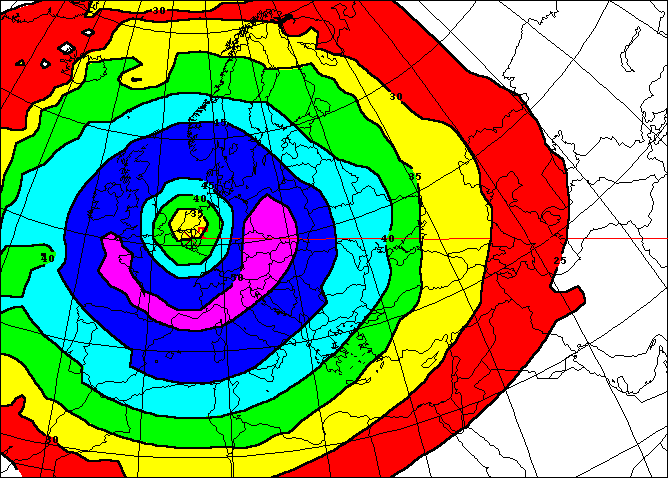

| GENERAL DESCRIPTION |
 Omnidirectional transmitting antennas are most favoured when it is required to provide same time coverage of areas surrounding the transmitter site which extend up to 1300 km of radius, depending on the transmitter power.
Omnidirectional transmitting antennas are most favoured when it is required to provide same time coverage of areas surrounding the transmitter site which extend up to 1300 km of radius, depending on the transmitter power.| Frequency Band |
fL in MHz | fH in MHz | Frequency Band |
fL in MHz | fH in MHz | |||
| 6 | 5.90 | 6.20 | 15 | 15.10 | 15.80 | |||
| 7 | 7.10 | 7.35 | 17 | 17.48 | 17.90 | |||
| 9 | 9.40 | 9.90 | 19 | 18.90 | 19.02 | |||
| 11 | 11.60 | 12.10 | 21 | 21.45 | 21.85 | |||
| 13 | 13.57 | 13.87 | 26 | 25.67 | 26.10 |


Vertical and horizontal radiation pattern for lower and upper frequency band
| TYPICAL RADIATION PATTERNS | |
| Azimuth pattern | Elevation pattern |
 |
 |
| TYPICAL COVERAGE MAP |
 |
| TECHNICAL SPECIFICATIONS | |
| ELECTRICAL | |
| Azimuth pattern | omnidirectional |
| Frequency ranges | 6-26 MHz, for two adjacent SW bands |
| Gain | 7 dBi |
| Input impedance | 300 ohm balanced |
| Polarization | horizontal |
| Power ratings | up to 500 kW carrier with 100% modulation |
| Specifications may change without notice | |
| THIS TYPE OF ANTENNA IS AVAILABLE FROM | ||||
| Manufacturer | Type number | Power Level | ||
| Ampegon Antenna Systems | HQ | H | ||
| Transradio SenderSysteme Berlin | HQ Series | M | H | |